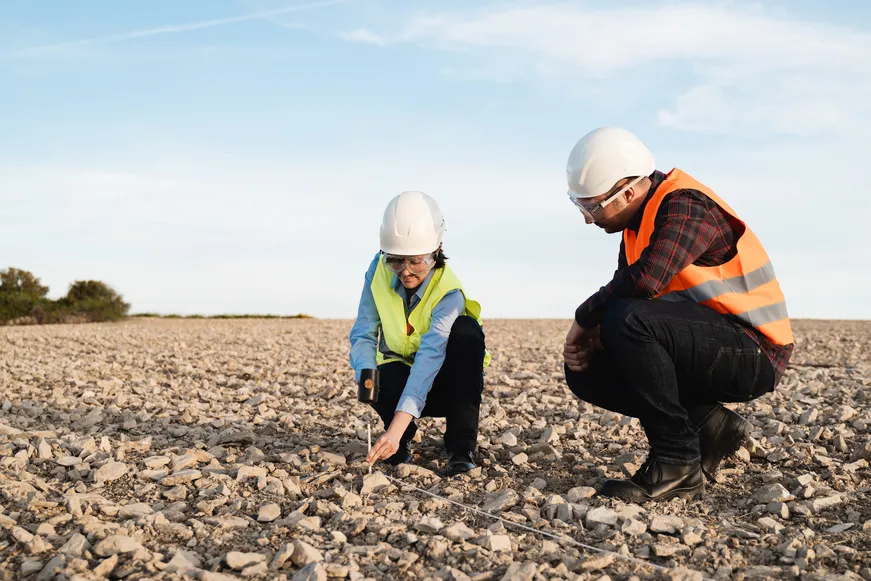Utility Survey is used to locate water, power, fiber optics, drainage, sewage, gas, and telecommunications beneath the surveyed area by locating any below-ground wiring or pipelines. This ensures that none of these services are damaged or interfered with during construction. Having CCTV pipe inspections could also help in doing this.
It reduces the risks for builders, developers, engineers, and utility proprietors. This also decreases costs by minimizing project delay, damage to third-party property, and public and worker safety risks.
There is less space available for construction, which has increased the pressure on architects to design efficiently. With high-quality underground utility surveying, clients can maximize the total land area they are building on without damaging or interfering with third-party property.
The ability to accurately identify the location of any subsurface utilities is essential for ensuring that construction work can be performed safely without the risk of harming anything and endangering employees.
Failure to comply with the latest health and safety legislation could result in injury and legal repercussions, given the construction industry’s reputation for many potential hazards on the job site.
The objective of any construction company should be to minimize hazards and safeguard the health and safety of employees, and planning and obtaining a utility survey of the site will keep workers secure.
Ground Penetrating Radar (GPR) is an apparatus needed in utility surveying, which sends radio signals into the earth to create an image of subsurface features. An operator moves a transducer or antenna along the ground while GPR employs it to transmit radio pulses. If subsurface materials exist, such as pipelines or wiring, these objects will reflect the pulses or signals, which are then stored in the control unit of the GPR. Ultimately, these signals appear as distinct bands, allowing our surveyors to evaluate the underground scene. At Durkin, we excel at providing engineering and surveying services to the Australian construction industry.
